Art
Mrs French is responsible for Art. This means ensuring there is an ambitious curriculum set, supporting teachers to implement it through high-quality lessons and checking that everything is helping children to know more, remember more and do more.
If you would like more information in addition to that published on this page, please email:
admin@woodcotschool.co.uk
Purpose of Study
Art, craft and design embody some of the highest forms of human creativity. A high-quality art and design education should engage, inspire and challenge pupils, equipping them with the knowledge and skills to experiment, invent and create their own works of art, craft and design. As pupils progress, they should be able to think critically and develop a more rigorous understanding of art and design. They should also know how art and design both reflect and shape our history, and contribute to the culture, creativity and wealth of our nation.
Aims
The National Curriculum - Art key stages 1 to 2
- Produce creative work, exploring their ideas and recording their experiences
-
Become proficient in drawing, painting, sculpture and other art, craft and design techniques
-
Evaluate and analyse creative works using the language of art, craft and design
-
Know about great artists, craft makers and designers, and understand the historical and cultural development of their art forms.
Intent
At Woodcot, our intention is to provide an art curriculum that empowers all children to express their creativity and develop their artistic skills in a vibrant and inclusive environment. We aspire to foster a lifelong love for art through a broad and balanced curriculum that builds on the children's prior knowledge while introducing them to a range of artistic disciplines.
Our aims are to:
Encourage creativity, self-expression, and individuality in every child.
Develop critical thinking skills by enabling students to interpret and evaluate artworks.
Provide opportunities for children to explore various techniques, media, and styles, including painting, sculpture, textiles, and digital art.
Enhance cultural understanding by studying a diverse range of artists and art movements from various backgrounds and time periods.
Promote collaboration and communication through group projects, critiquing sessions, and peer feedback.
Implementation
Our art curriculum is implemented through a structured framework ensuring progressive knowledge and skills:
Progressive Curriculum Design: Each unit builds on prior knowledge, adhering to national curriculum expectations while allowing exploration.
Cross-Curricular Links: Art integrates with subjects like history and geography, enriching context and relevance.
Diverse Artistic Experiences: Students engage in various artistic practices and partake in workshops with local artists and gallery visits.
Assessment and Feedback: Formative assessments track progress, enabling personalised feedback and reflection for improvement.
Inclusive Practices: The curriculum is accessible, catering to different abilities and ensuring support for all learners.
Impact
The impact of our art curriculum is evaluated through several indicators:
Student Outcomes: Children demonstrate significant progress and create portfolios showcasing their artistic development.
Cultural Awareness: Students discuss and appreciate diverse artistic practices, evident in their artwork and discussions.
Engagement: High levels of enthusiasm are observed, with student artwork displayed throughout the school and involvement in exhibitions.
Parental Involvement: Active participation in art-related events strengthens community ties and enhances cultural engagement.
Long-Term Impact: Students express interest in further education in the arts, indicating a lasting passion for art.
Year 1 - Autumn

Mixing Colours.
This project teaches children about basic colour theory by studying the colour wheel and colour mixing. It includes an exploration of primary and secondary colours and how artists use colour in their artwork.

Funny Faces and Fabulous Features.
This project teaches children about the concept of the portrait and how collage technique can be used to make a portrait.
Year 2 - Autumn
 Exploring Colour
Exploring Colour
This project teaches children about colour theory by studying the colour wheel and colour mixing. It includes an exploration of primary and secondary colours, hues and how artists use colour in their artwork.

Still Life
This project teaches children about the work of significant still life artists and still life techniques. They explore a wide variety of still lifes and learn about the use of colour and composition. They create still life arrangements and artwork.
Year 3 - Autumn

Colour Theory
This project teaches children about colour theory by studying the colour wheel and colour mixing. It includes an exploration of tertiary colours, warm and cool colours, complementary colours, analogous colours and how artists use colour in their artwork.

Prehistoric Pots
This project teaches children about Bell Beaker pottery. It allows the children to explore different clay techniques, which they use to make and decorate a Bell Beaker-style pot.
Year 4 - Autumn

Warm and Cool Colours
This project teaches children about colour theory by studying the colour wheel and colour mixing. It includes an exploration of warm and cool colours, Aboriginal art and how artists use colour in their artwork.
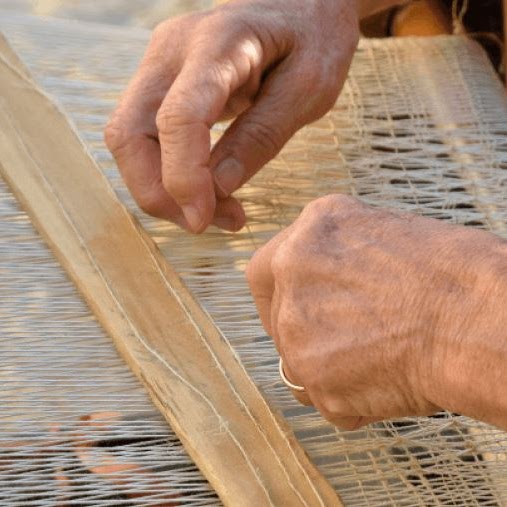
Warp and Weft
This project teaches children about the art form of weaving and how it has developed over time, including the materials and techniques required to create woven patterns and products.
Year 5 - Autumn
 Colour in Landscapes
Colour in Landscapes
This project teaches children about colour theory by studying tints, shades and tones. They learn about the features of landscapes before using this knowledge to create landscape paintings.
 Taotie
Taotie
This project teaches children about the significance and art of the taotie motif, including ancient and contemporary casting methods.
Year 6 - Autumn
 Colour and Style
Colour and Style
This project revisits learning about colour theory, including primary, secondary, tertiary, complementary, analogous, warm and cool colours, hues, tints, shades and tones. They learn about the use of colour in four art movements before using this knowledge to create a painting with personal meaning.
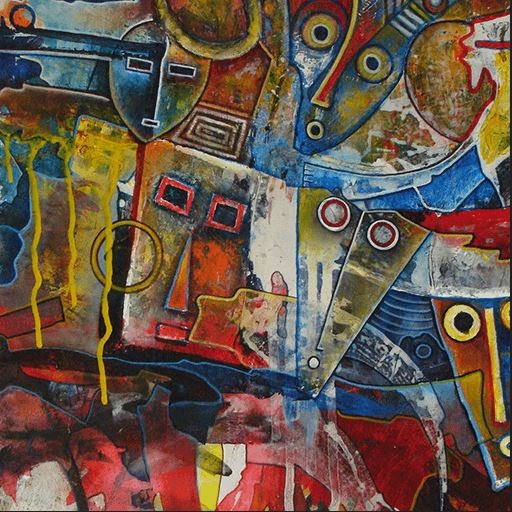 Trailblazers, Barrier Breakers
Trailblazers, Barrier Breakers
This project teaches children about significant black artists and their work, and provides opportunities to analyse and create artwork inspired by them.
Year 1 - Spring

Rain and Sun rays
This project teaches children about collagraph printing, including how to develop a motif to make single and repeated prints.
Year 2 - Spring
 Flower Head
Flower Head
This project teaches children about the visual elements of flowers, including shape, texture, colour, pattern and form. They also explore various artistic methods, including drawing, printmaking and 3-D forms, using paper and clay.
Year 3 - Spring

Ammonite
This project teaches children about artistic techniques used in sketching, printmaking and sculpture.

People and Places
This project teaches children about the genre of figure drawing. They study the figure drawings and urban landscapes of the artist LS Lowry and create artwork in his style to show scenes from their school.
Year 4 - Spring

Vista
This project teaches children about the techniques that artists use when composing landscape images, such as colour and atmosphere.
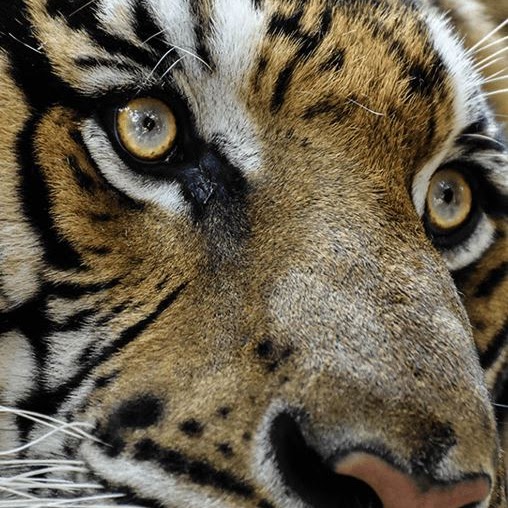 Animal
Animal
This project teaches children about the historical and cultural portrayal of animals in art. They study the visual qualities of animals through sketching, printmaking and clay modelling.
Year 5 - Spring
 Line, Light and Shadow
Line, Light and Shadow
This project teaches children about the visual qualities of line, light and shadow. They explore the work of Pablo Picasso and Rembrandt and are introduced to a range of shading techniques. They take black and white photographs and use pencil, pen and ink wash to reimagine their photographs in a shaded drawing.
 Nature's Art
Nature's Art
This project teaches children about the genre of land art. They work outdoors to sketch natural forms and explore the sculptural potential of natural materials before working collaboratively to create land art installations.
Year 6 - Spring
 Inuit
Inuit
This project teaches children about the Inuit way of life, including some of their cultural and artistic traditions.
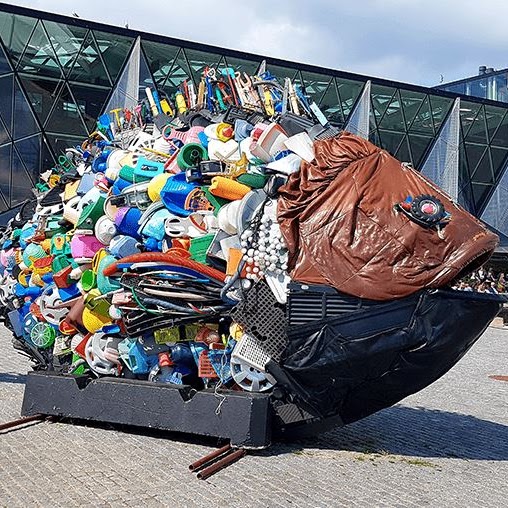 Environmental Artists
Environmental Artists
This project teaches children about the genre of environmental art. They study how artists create artwork that addresses social and political issues related to the natural and urban environment. Children work collaboratively to create artwork with an environmental message.
Year 1 - Summer

Street View
This project teaches children about artwork depicting streets and buildings and focusses on the work of the American pop artist, James Rizzi. They created a 3-D mural based on Rizzi's work.
Year 2 - Spring

Portraits and Poses.
This project teaches children about portraiture. They analyse the portraits of Tudor monarchs and compare Tudor portraits and selfies today. They use photo editing software to create royal portraits.
Year 3 - Summer

Beautiful Botanicals.
This project teaches children about the genre of botanical art. They create natural weavings, two-colour prints and beautiful and detailed botanical paintings of fruit.

Mosaic Masters
This project teaches children about the history of mosaics, before focusing on the colours, patterns and themes found in Roman mosaics. The children learn techniques to help them design and make a mosaic border tile.
Year 4- Summer
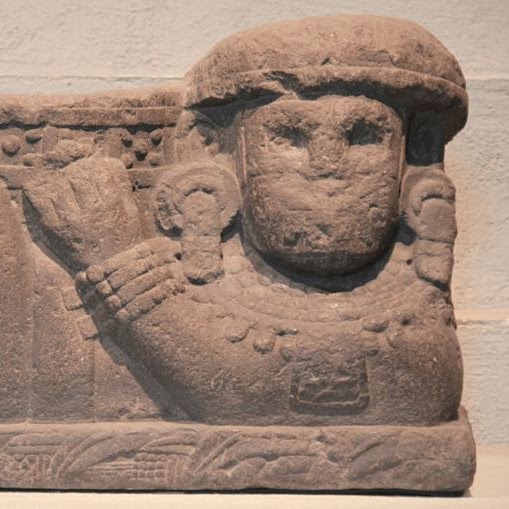
Statues, Statuettes and Figurines
This project teaches children about the 3-D representation of the human form, including statues, statuettes and figurines. They study examples from ancient civilisations, and use their clay skills to create a Sumer-style figurine.
 Islamic Art
Islamic Art
This project teaches children about the features of Islamic art. They make geometric patterns and motifs on paper, with fabric and in clay. They use their learning to create a high relief clay tile, decorated with geometric patterns.
Year 5 - Summer
 Mixed Media
Mixed Media
This project teaches children about paper crafts, papermaking and collage techniques, including paper, fabric, mixed media and photo collage. They use their learning to create a final piece of small-scale, mixed media collage.
 Expression
Expression
This project teaches children about the Expressionist art movement and the 'Father of Expressionism', Edvard Munch. They explore different ways to portray feelings and emotions in art to create an imaginative self-portrait.
Year 6- Summer
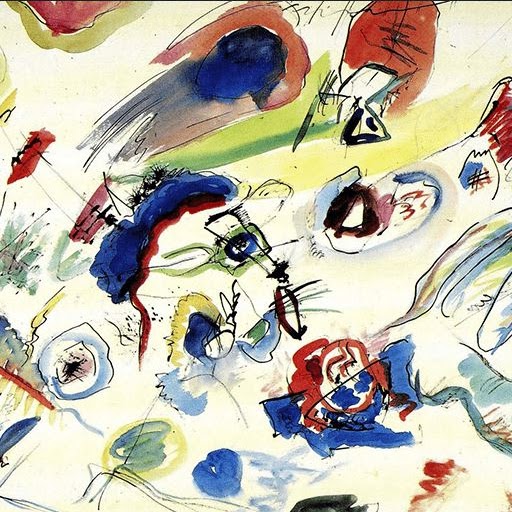
Distortion and Abstraction
This project teaches children about the concepts of abstraction and distortion. They study the visual characteristics of abstraction and create a musically-inspired, abstract painting.
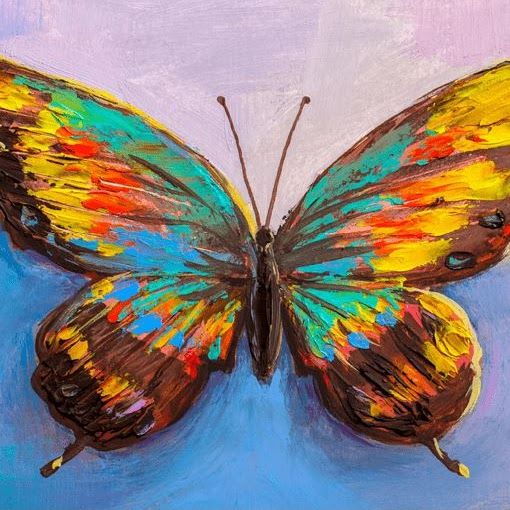 Bees, Beetles and Butterflies
Bees, Beetles and Butterflies
This project teaches children about sketchbooks, observational drawing, mixed media collage and Pop Art. They consolidate their learning to make a final piece of artwork inspired by bees, beetles or butterflies.
